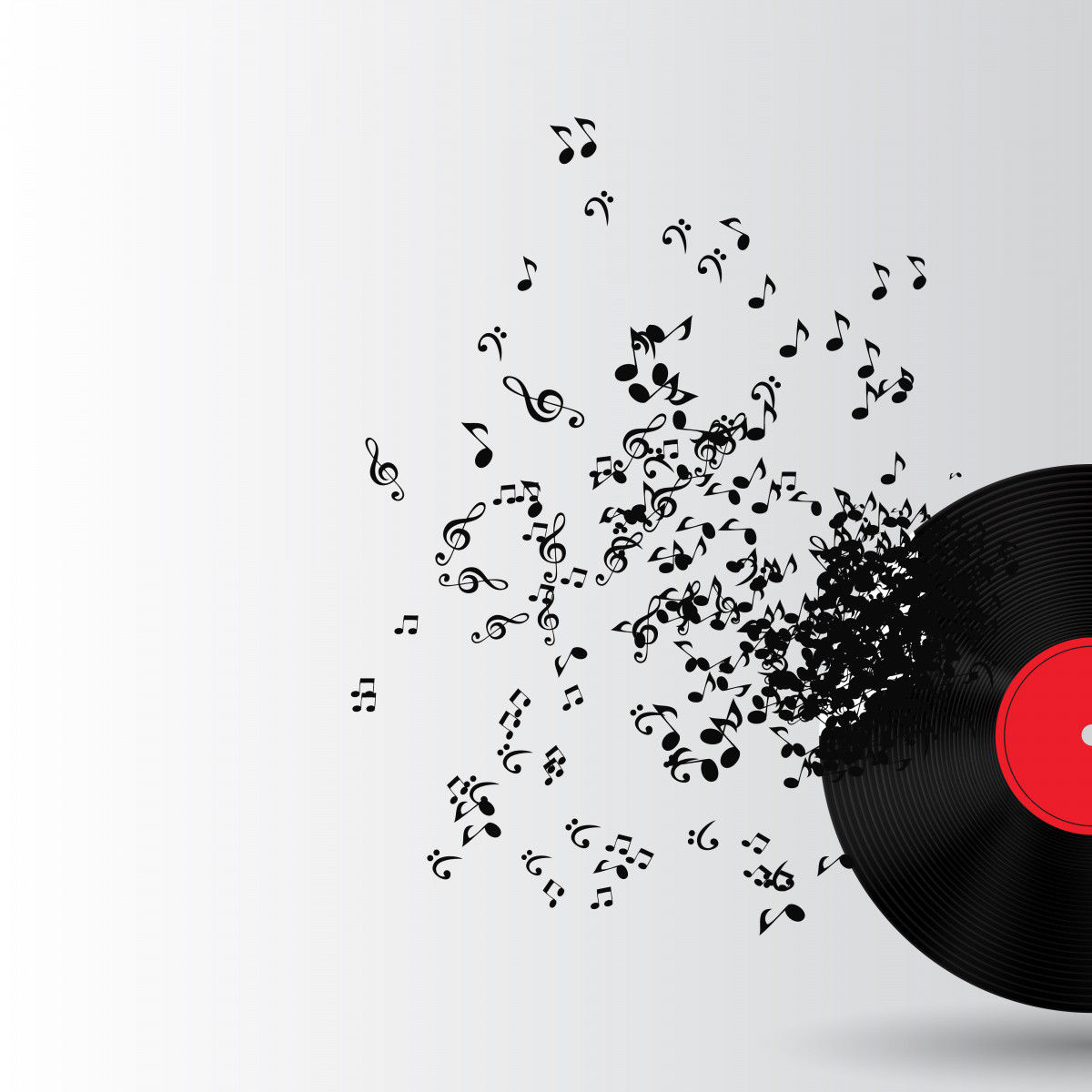Researchers Create Musical Instrument to Be Played Using Only the Mind

A musical instrument that can be played only with brain activity may empower and rehabilitate patients with ALS and other motor diseases.
Invoking brain scans known as electroencephalograms, University of Washington researchers have dubbed the musical device they created an Encephalophone.
The article they wrote about it, titled “A Novel Musical Biofeedback Device using Conscious Control of Electroencephalogram (EEG),” was published in the journal Frontiers in Human Neuroscience.
Electroencephalograms, or EEGs, measure electrical patterns in the brain. Previous work has suggested that it is possible to transform EEG activity into sound.
Felix Darvas and his University of Washington research team created the Encephalophone, which is simultaneously a musical instrument and a device that uses brain rhythms called mu rhythms to produce music. In other words, it’s an instrument that can be played using the mind alone.
“The Encephalophone is a musical instrument that you control with your thoughts, without movement,” Thomas Deuel, the study’s first author, said in a news release.
“I am a musician and neurologist, and I’ve seen many patients who played music prior to their stroke or other motor impairment, who can no longer play an instrument or sing,” he said. “I thought it would be great to use a brain-computer instrument to enable patients to play music again without requiring movement.”
The Encephalophone interprets brain signals through a cap that transforms specific signals into musical notes. The signals are generated when the person wearing the cap closes their eyes or thinks about movement. The device also has a synthesizer that allows the person to create different sounds.
In their study, researchers said they tested the Encephalophone in 15 subjects. They discovered that the subjects, who had no previous training, were able to use the instrument without difficulty to create music.
“We first sought to prove that novices—subjects who had no training on the Encephalophone whatsoever—could control the device with an accuracy that was better than random,” Deuel said. “These first subjects did quite well, way above chance probability on their very first try.”
In addition to the Encephalophone having applications as a musical instrument that does not require movement, it could be used to obtain feedback from patients with movement disorders. These would include amyotrophic lateral sclerosis patients and those who have had a stroke.
Now, Deuel and his collaborators are working to understand how much those who use an Encephalophone can improve with training. They also plan to begin clinical trials in late 2017 to see if the device can help disabled patients.
“There is great potential for the Encephalophone to hopefully improve rehabilitation of stroke patients and those with motor disabilities,” Deuel said.







